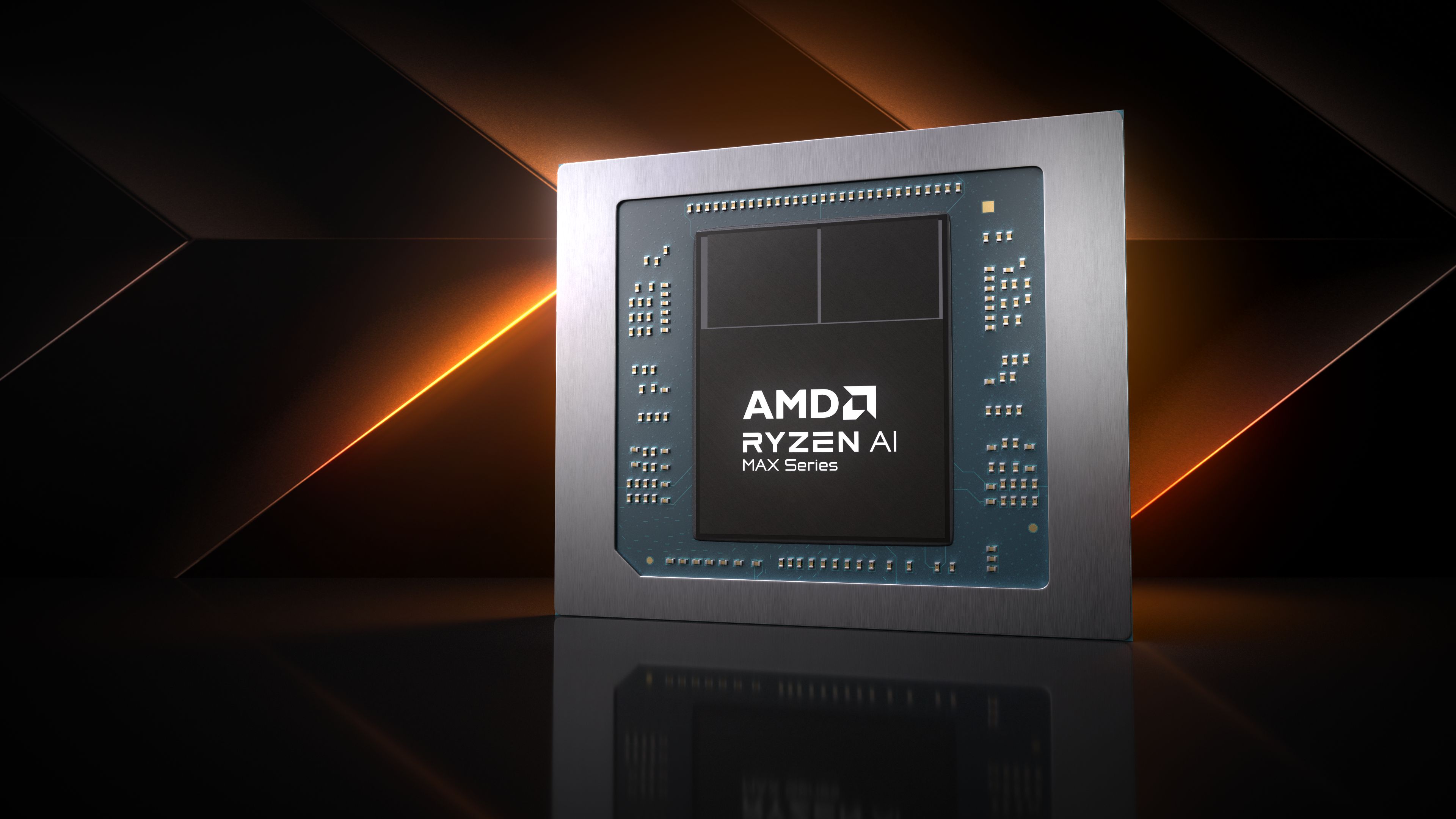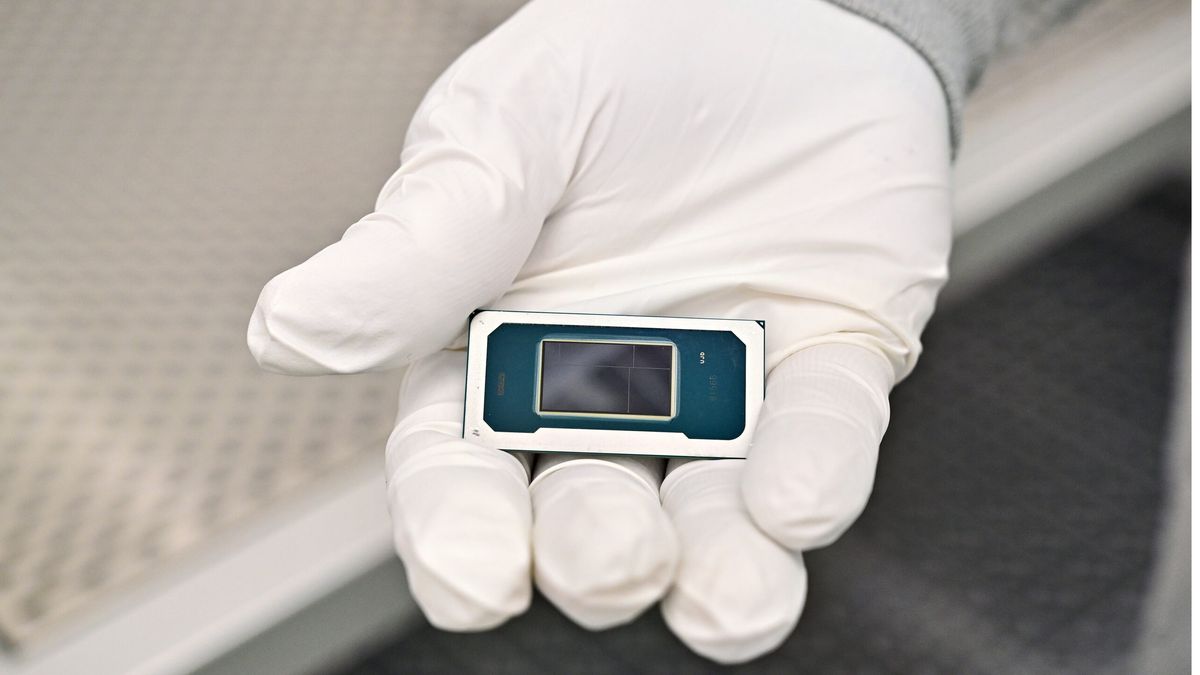AMD is reportedly going big on core-counts with Zen 6 mobile next-generation, as suggested by a new rumor from HXL, backed by several other leakers. Codenamed "Medusa Point", these APUs will reportedly carry up to 22 hybrid cores, based on Zen 6, with classic, dense, and low-power options. Since Zen 6 is at least a year off, and mobile versions might not arrive until early 2027, we need to be careful about putting too much faith in this leak.
Medusa Point is slated to be the follow-up to AMD's current Zen 5-based Strix Point APU series. We probably won't see a direct shift to Medusa Point as AMD is reportedly working on the Gorgon Point (Strix Point refresh) family, planned as an intermediate step.
That being said, architecturally, Medusa Point will switch to the Zen 6 architecture, which should be detailed by AMD sometime around Computex next year. The graphics engine will allegedly adopt the updated RDNA 3.5+ design, though RDNA 4 would've been the ideal choice for many. It's probable RDNA 4 won't make its way to the APU landscape, since AMD's next-generation graphics architecture, UDNA 1 / RDNA 5, is projected for release during the same timeframe.
The mainstream Ryzen 5 and Ryzen 7 offerings from Medusa Point have been purported to feature up to 10 hybrid cores, divided across four classic Zen 6 cores, four dense Zen 6c cores, and two new LP (Low Power) cores. These LP cores are very likely smaller than their Zen 6c siblings, with their Voltage/Frequency operation tweaked for maximum efficiency. This is complemented by an eight Compute Unit equipped RDNA 3.5+ based graphics engine, similar to the Radeon 860M. The iGPU is a downgrade from the current 16-CU design on the Radeon 890M, but this was likely done to free up space on the chip for other components.
Medusa Point 1R5/R7=4C+4D+2LP+8CU RDNA 3.5+R9=12C CCD+4C+4D+2LP+8CU RDNA 3.5+APU=IOD👀May 16, 2025
RDNA 3.5+ is essentially the second refresh in the RDNA 3 line, and will likely bring various improvements on the machine-learning side, which could very well unlock FSR 4 functionality. These mainstream Ryzen 5/Ryzen 7 configurations are likely based on a monolithic design, expected to use a 3nm class node from TSMC.
Following that, next-generation APUs are shaping up to be thrilling for enthusiasts, as Ryzen 9 Medusa Point options have been rumored with a massive (up to) 22-core layout: a 12-core Zen 6 CCD (likely the same as Venice), four classic Zen 6 cores, four dense Zen 6c cores, and two LP cores. This strongly points to an MCM (Multi Chip Module) layout, where the 10-core chiplet with I/O and the iGPU from the mainstream (Ryzen 5/7) Medusa Point line would be connected alongside a beefier desktop/server-grade CCD with 12 cores, expected to be based on TSMC's N2 process.
Other details, such as the memory controllers, NPU, and cache configurations, have not been mentioned. We'll have to wait and see what RDNA 3.5+ offers, especially with Intel's new Celestial architecture arriving soon in Panther Lake. Based on preliminary specifications, AMD will likely take the lead on the CPU side versus Panther Lake. However, depending on when Medusa Point hits the market, its main competitor in the mobile space might end up being Nova Lake.
Follow Tom's Hardware on Google News to get our up-to-date news, analysis, and reviews in your feeds. Make sure to click the Follow button.

 6 months ago
75
6 months ago
75








 English (US) ·
English (US) ·